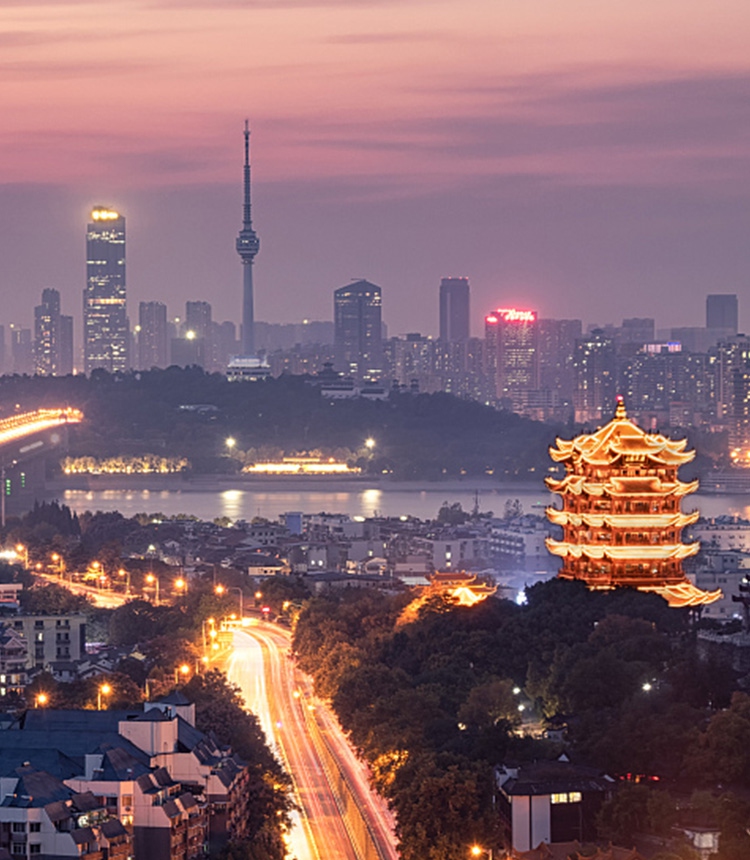
Wuhan Photo: VCG
A technology innovation conference was held in Wuhan, Central China’s Hubei Province on Thursday, at which seven laboratories were inaugurated, a move showing that Hubei has shaken off the shadow of the COVID-19 pandemic and further increased the local development of science and technology.
The seven laboratories are involved in multiple fields, including telecommunications, aerospace and aviation, bio-pharmaceuticals, optical sciences and biological breeding, according to the Hubei government’s website and official WeChat account.
The Wuhan Optics Valley Laboratory will focus on information electronics and optoelectronics to make breakthroughs in laser technology and equipment, as well as photovoltaic materials and medical imaging equipment. The laboratory will also develop chips for 6G optical communication.
Aiming at the major scientific and technological needs of the agricultural and food industry chain, Hubei Hongshan Laboratory is committed to cultivating green and high-quality varieties and promoting nutrition-rich crop varieties, with the core of scientific innovation and development of the seed industry.
Jiangxia Laboratory focuses on the prevention and control of infectious diseases and innovation in biosafety defense, and will construct three platforms for biosafety resources and laboratory equipment, antiviral drugs and vaccines, and new biotechnology.
Jiangcheng Laboratory will carry out research on integrated circuity and provide solid theoretical foundations and practical solutions for the industrialization of next-generation memory.
A China-Africa innovation cooperation center was also inaugurated on Thursday, together with three innovative industrial belts for optoelectronic information, health and intelligence, in a bid to build multiple industrial clusters.
Hubei was the province most-affected by the pandemic, and its GDP dropped 5.0 percent on a yearly basis. But the added value of the high-tech manufacturing industry grew by 4.1 percent last year compared to 2019, and the production of optical fiber increased by 4.9 percent. There was also an increase in output of lithium-ion batteries by 2.9 percent, electronic computers by 36.1 percent and printed circuit boards by 4.9 percent, according to statistics released in January.
The inauguration event is a step forward for high-tech development in Hubei as it has been a priority in the province from 2015 to 2019. Hubei’s investment in research and development increased to 95.788 billion yuan ($14.81 billion) from 56.17 billion yuan during the period, according to official data.
Hubei will actively promote the development of scientific and technological infrastructure and promote the integrated allocation of projects, talent and capital in key areas. It will also improve the training mechanism in enterprises.
